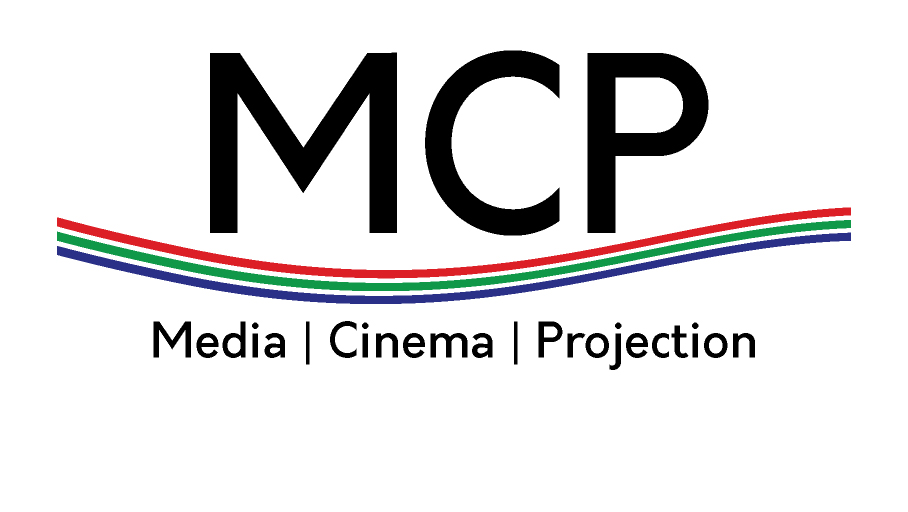According to a patent issued by the world intellectual property organization, Samsung seems to be looking for a new way to build a high-quality holographic display panel, and the solution proposed by the Korean technology giant is likely to greatly reduce the processing capacity required and output to two “viewing areas” at the same time. According to the patent document, Samsung hopes to generate holograms by using spatial light modulator, eye tracking and progressive scanning instead of parallax method and resource intensive computer-generated holograms that cause eye fatigue. According to the pupil tracking of the observer, the system will display each successive frame with high resolution within the set position range.
But it doesn’t necessarily require new hardware. In fact, the biggest advantage of Samsung’s method is that it can rely on “current commercial” display devices to achieve high-resolution output while reducing performance requirements. Because it is just creating an image for the observer’s specific viewpoint, rather than trying to recreate an image that can be viewed from any angle at the same time.
As mentioned above, Samsung’s solution seems to only choose different image rendering methods, rather than making fundamental changes in the hardware of holographic image generation. At the same time, it is far away from more novel concepts, such as the concept behind parallax image display. Instead of focusing on displaying two-dimensional images in layers to achieve a certain 3D feel, Samsung uses modulation progressive scanning projection to reconstruct 3D images. In addition, this method is different from previous attempts to generate 3D images on a larger scale. If the eye of the observer is tracked, the system will not need such intensive processing. At the same time, according to the description of the patent document, a small amount of additional processing may be used to combine the third and fourth holograms within the phase modulation. All of these should be able to bring more detailed holographic projection, with higher resolution and more depth information.
Read more: http://www.digitaljournal.com/pr/4649734
